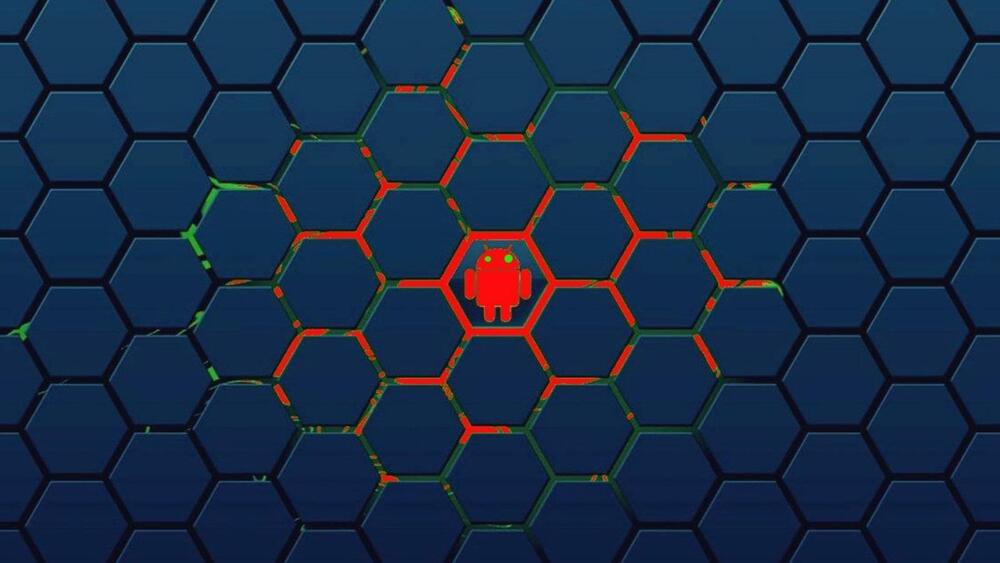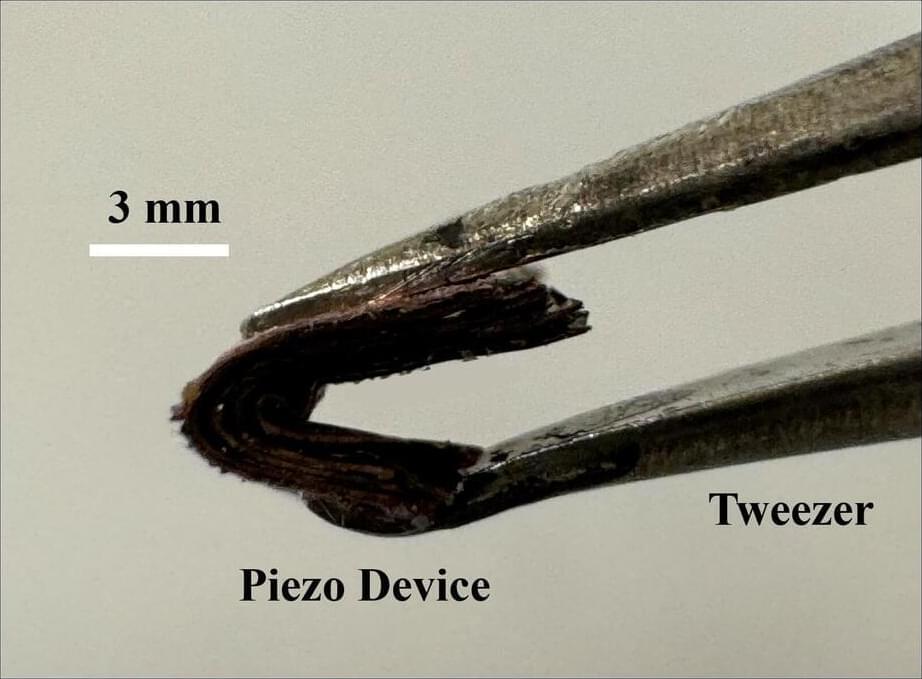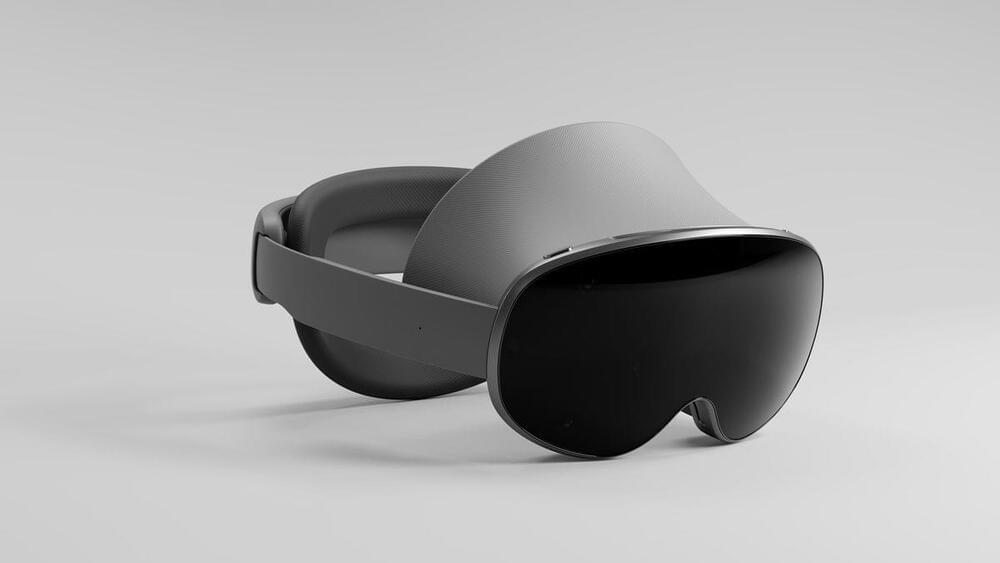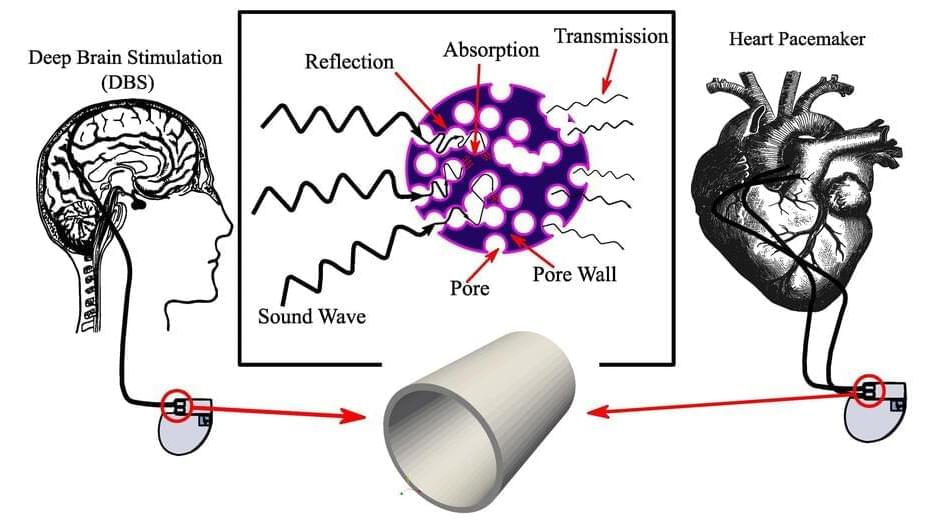The BadBox Android malware botnet has grown to over 192,000 infected devices worldwide despite a recent sinkhole operation that attempted to disrupt the operation in Germany.
Researchers from BitSight warn that the malware appears to have expanded its targeting scope beyond no-name Chinese Android devices, now infecting more well-known and trusted brands like Yandex TVs and Hisense smartphones.







